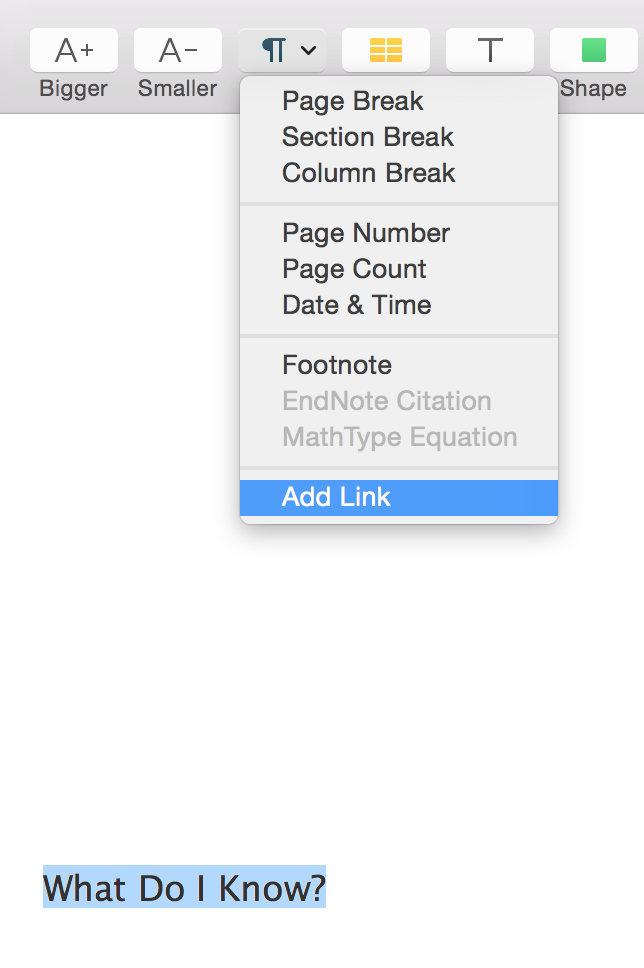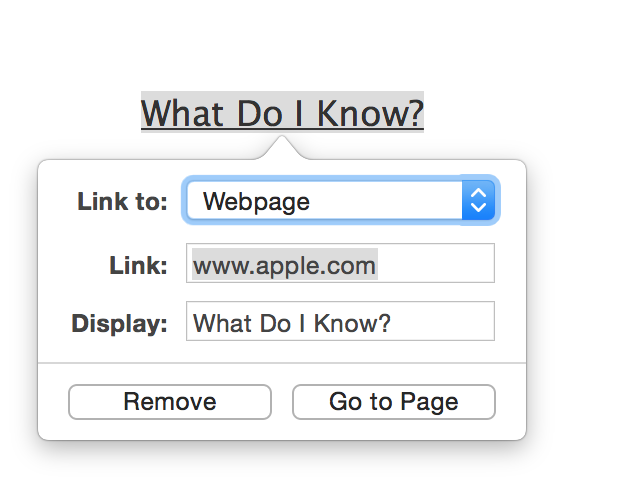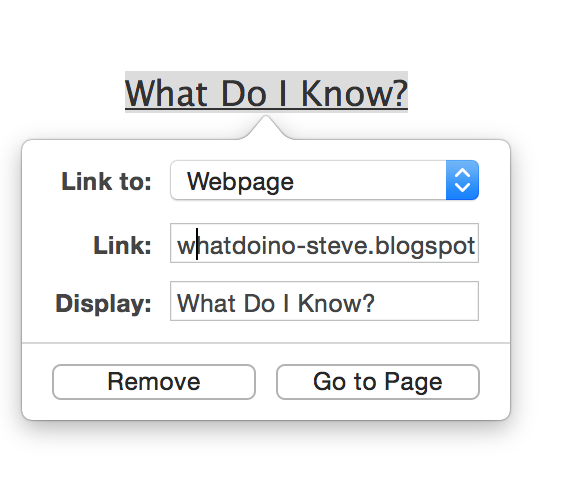I googled "How many people watch the Super Bowl in the USA?" and got these numbers at Sportingcharts:
The most watched Super Bowl in history was Super Bowl XLVIII (Seahawks vs. Broncos), which had an average total viewership (in the U.S.) of 111.5M. The least watched Super Bowl was Super Bowl II (Packers vs. Raiders) which had an average viewership of 39.12M.
The US Census population clock says there are over 320 million people in the USA.
So, for every person watching the game, two aren't watching.
But I still don't know if there are other common characteristics of the non-watchers? How many under 5? And what are they doing? Reading? Outdoors? At work?
I'm at LAX waiting for a plane back to Anchorage, but I wouldn't be watching anyway. Just not interested. This is no longer sport in my opinion, it's big business (besides the NFL, all the other businesses that make money from people watching the game) making lots of money. This site discusses it, but chops up the report into six pages. Something I see a lot. A way for websites to get more page hits.
I've also discovered over the years that the Superbowl is a great time to do other things - nobody is around. For all the rest of you not interested, Salut.
But I still don't know if there are other common characteristics of the non-watchers? How many under 5? And what are they doing? Reading? Outdoors? At work?
I'm at LAX waiting for a plane back to Anchorage, but I wouldn't be watching anyway. Just not interested. This is no longer sport in my opinion, it's big business (besides the NFL, all the other businesses that make money from people watching the game) making lots of money. This site discusses it, but chops up the report into six pages. Something I see a lot. A way for websites to get more page hits.
I've also discovered over the years that the Superbowl is a great time to do other things - nobody is around. For all the rest of you not interested, Salut.























